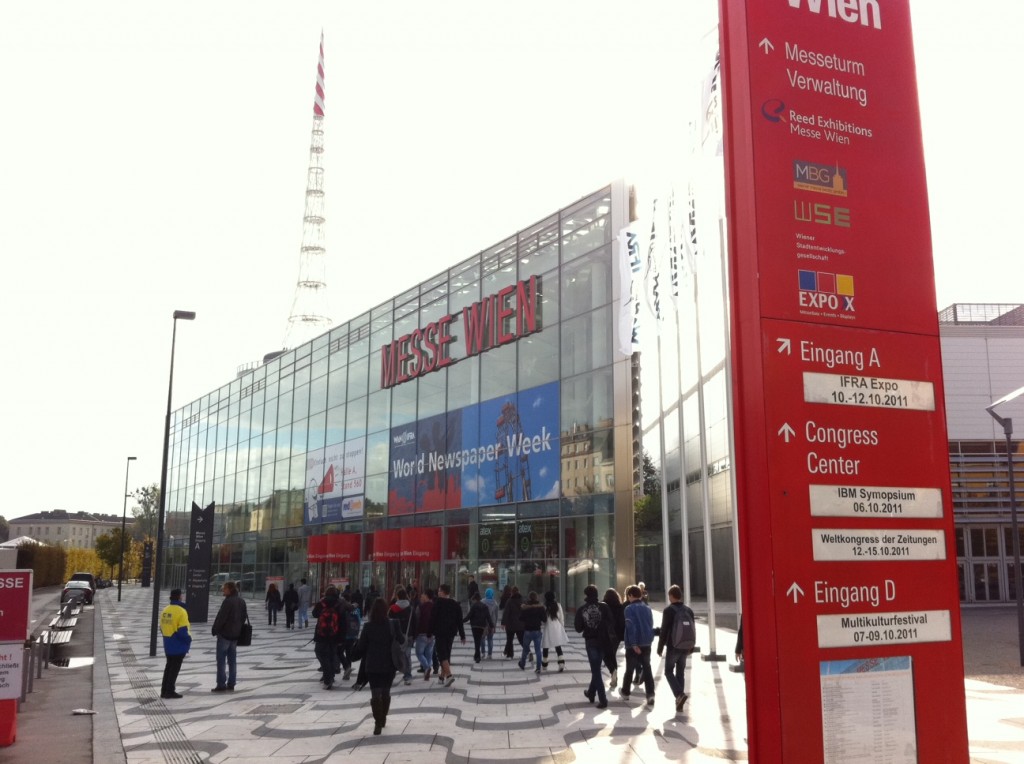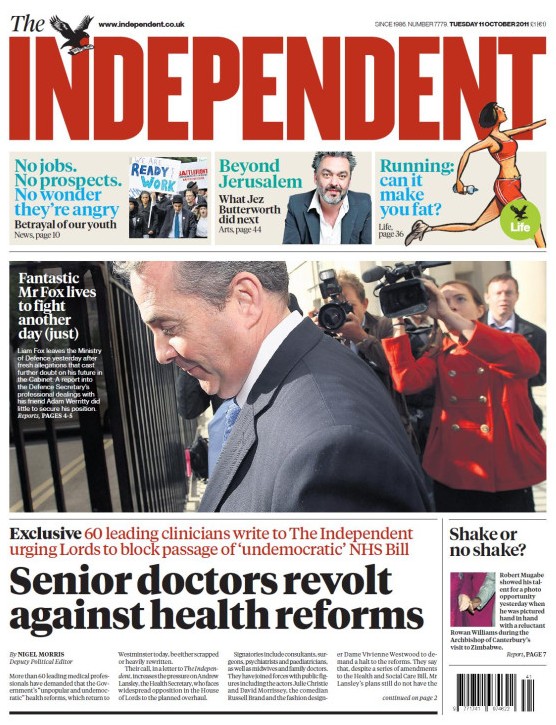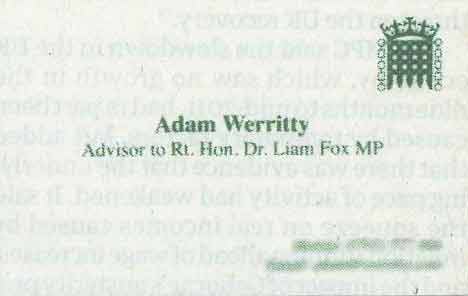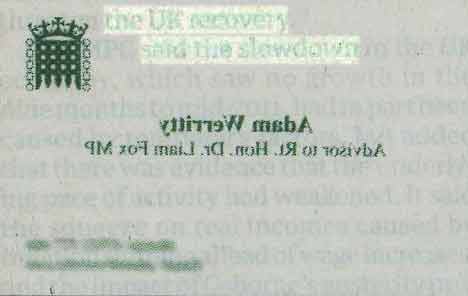The first session of the day at the World Editors Forum in Vienna today was a conversation with Stefan Tweraser, head of Google Germany.
During the Q&A session Tweraser faced the inevitable questions about whether or not Google is friend or enemy to publishers.
If you would join me for a small experiment, close your eyes and imagine a world without Google, would you fare better or worse? I think it’s difficult to answer because in 2010 alone Google has paid 6 billion US dollars to publishers worldwide. And on average every minute Google provides publishers with 100,000 business opportunities in terms of traffic.
… More than 80 per cent of people use a search engine when looking for content online. One couldn’t exist without the other.
The moderator mentioned that some saw the relationship as one of “mutual complaint”. Tweraser responded to say Google is transparent about what it does, and enables publishers to easily opt out.
Google News gathers news content from over 50,000 publishers and that number continues to rise and rise. On the other hand, if publishers don’t want to be found, there is one piece of code they put on their website so we don’t find them. We are very transparent.
Tweraser also made reference to Google’s new joint paid content platform OnePass, which launched in February, and provides users with a single point of payment for content across a variety of websites.
There is a need for a payment aggregator for paid content and that’s what we’ve been doing with OnePass. We’re still building partnerships. There is enough of an opportunity for joint business models.
When asked for more details on whether other publishers have signed up, and plans to push the platform out more widely, Tweraser seemed to keep his cards close to his chest.
We have launched in several markets and we are actively looking for more partnerships. We are open for business with OnePass.
He added that it’s “in Google’s DNA to partner”, and called for publishers to view it as such.
Google News lives because it partners with more than 50,000 and shares revenue with them on a very significant scale. We are open to partnerships in almost any aspect of our business.
… The one recommendation I can give you: view Google as a partner who’s standing there with open arms.






